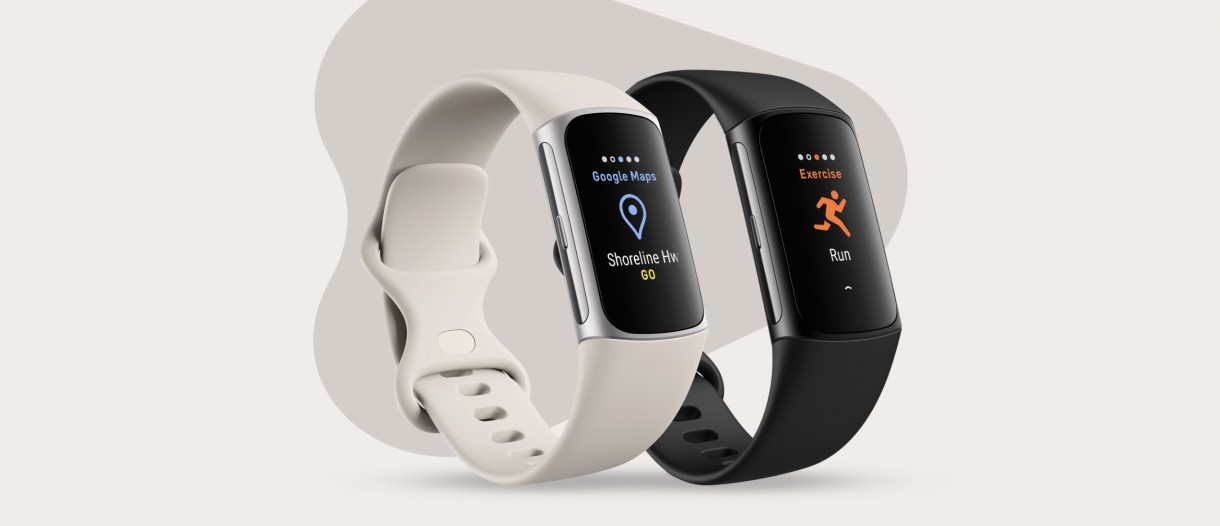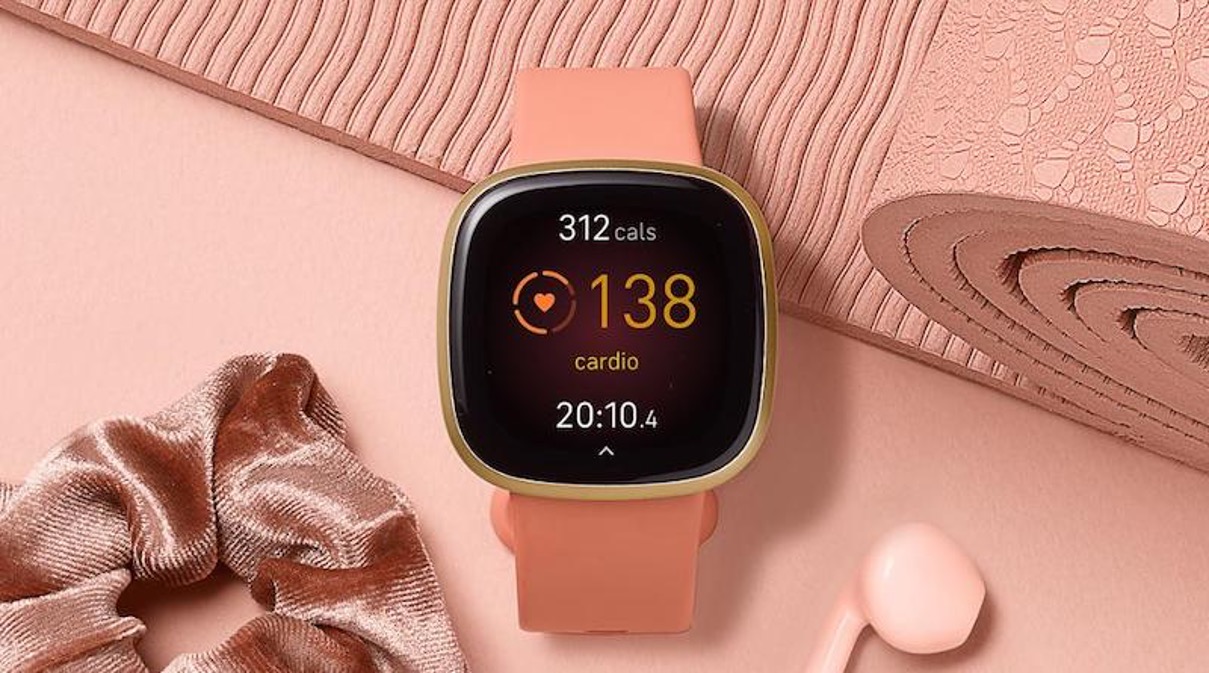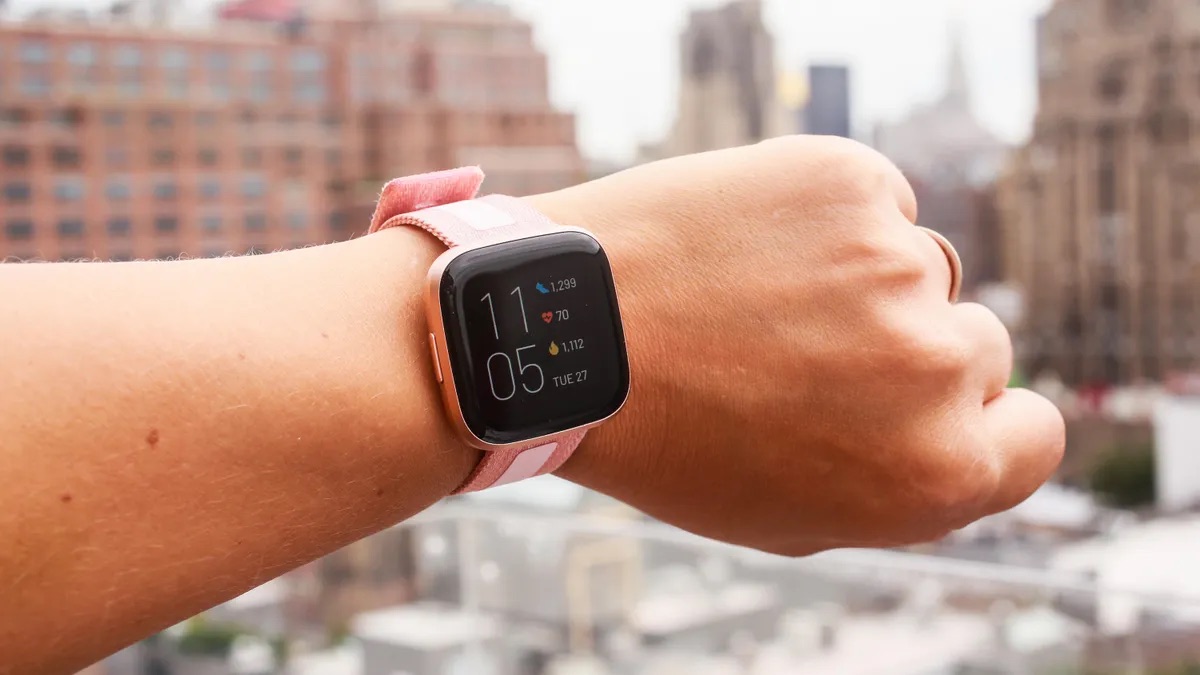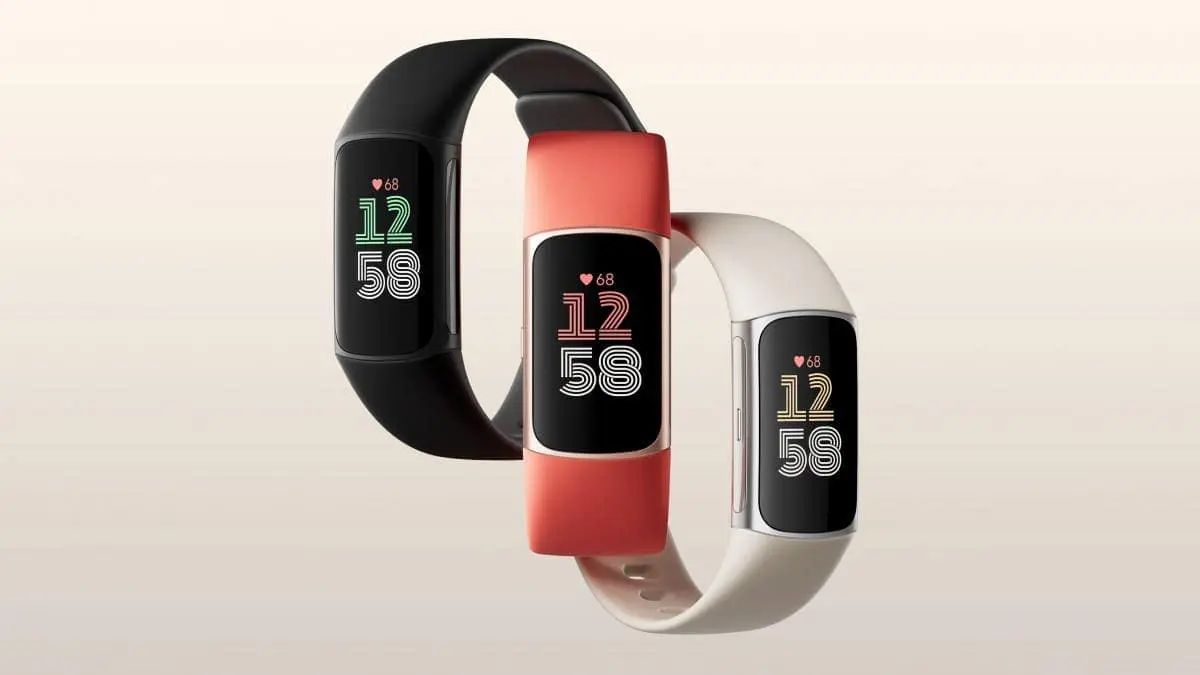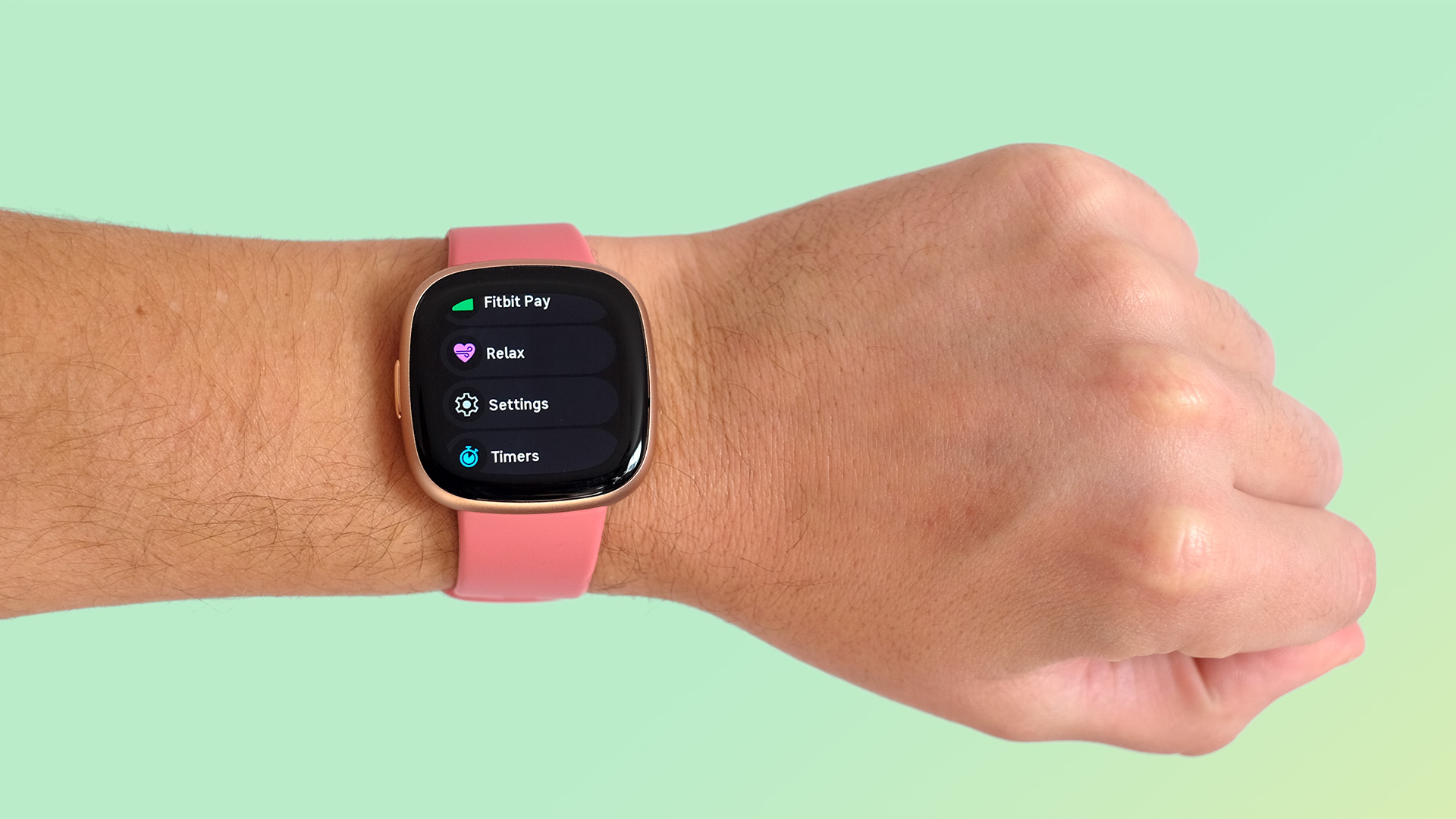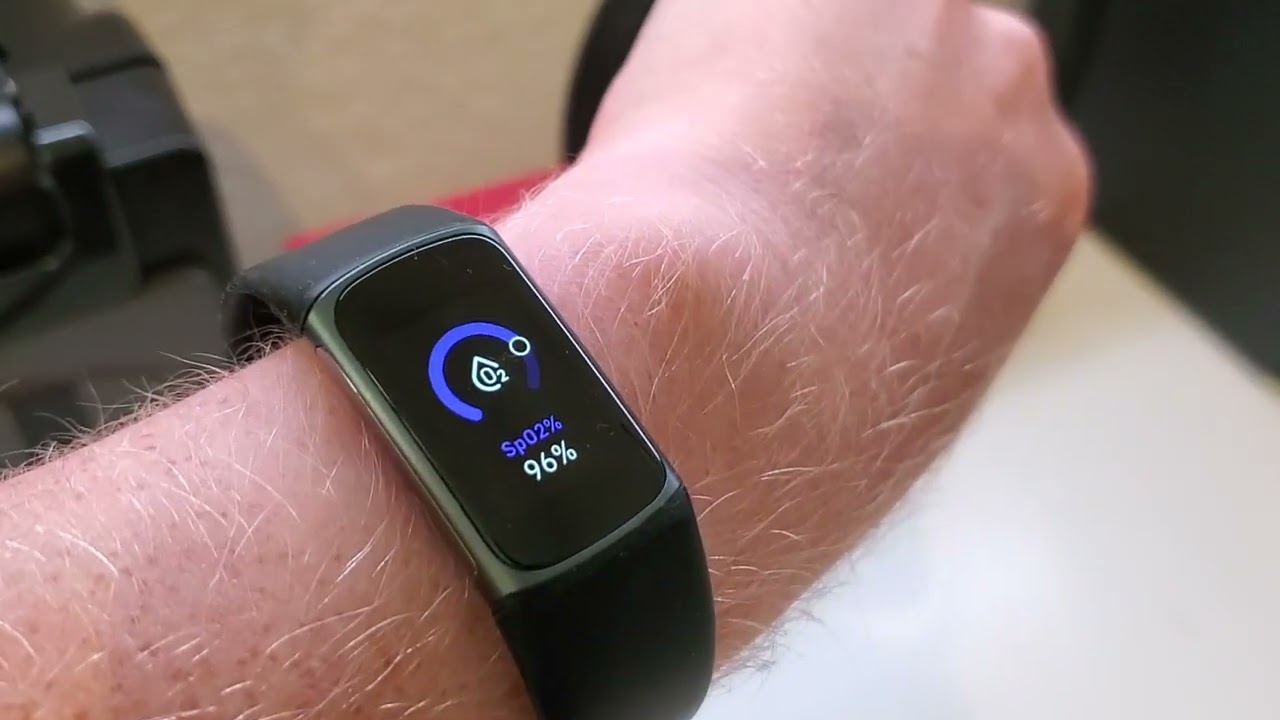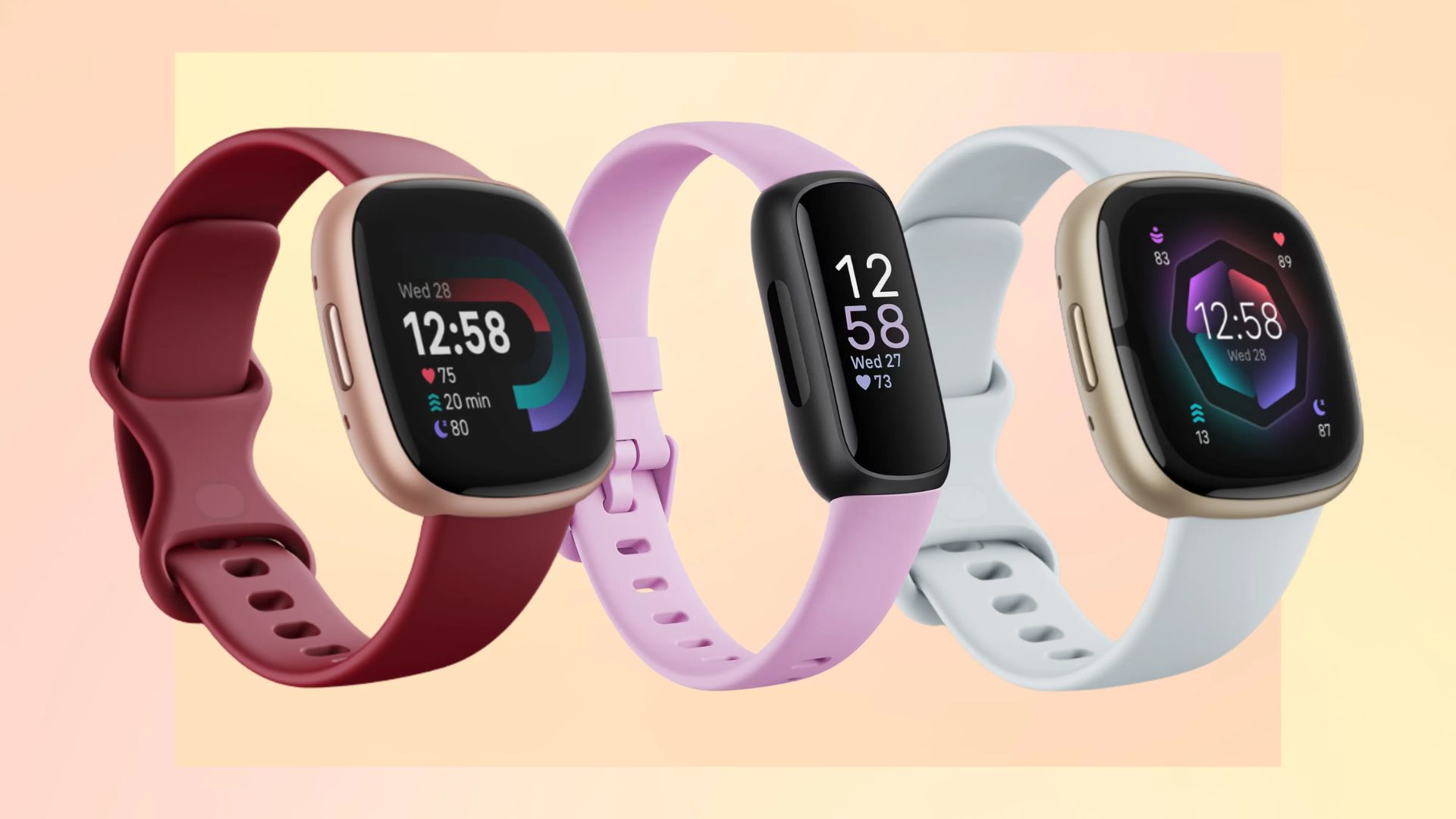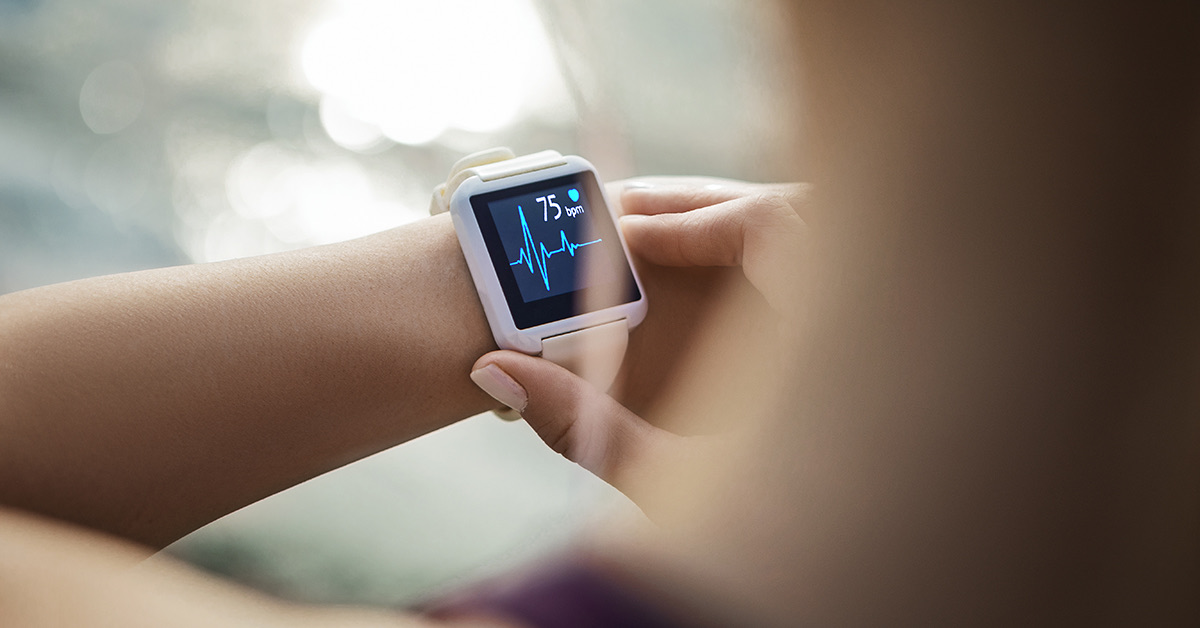Introduction
In today's fast-paced world, health and fitness have become paramount concerns for many individuals. With the rise of wearable technology, monitoring one's physical activity and overall well-being has never been easier. Among the plethora of wearable devices available, the Fitbit heart rate sensor stands out as a game-changer in the realm of health and fitness tracking.
The Fitbit heart rate sensor is a cutting-edge tool that provides real-time insights into the wearer's cardiovascular activity, enabling users to make informed decisions about their fitness routines and overall health. This innovative technology has revolutionized the way people approach their fitness goals, offering a comprehensive understanding of their heart rate patterns during various activities, from rest to rigorous workouts.
As we delve into the functionality of the Fitbit heart rate sensor, it's essential to recognize the pivotal role it plays in empowering individuals to take charge of their health. By seamlessly integrating into the user's daily life, this wearable device offers a holistic approach to health and fitness management, fostering a proactive mindset towards well-being.
The Fitbit heart rate sensor is not just a gadget; it's a companion that empowers users to optimize their workouts, monitor their heart health, and make informed lifestyle choices. Whether you're an avid fitness enthusiast, a casual exerciser, or someone looking to improve their overall wellness, the Fitbit heart rate sensor is a valuable tool that caters to a diverse range of individuals with varying health and fitness needs.
As we unravel the intricacies of the Fitbit heart rate sensor, it's evident that this wearable technology transcends the conventional boundaries of fitness tracking. Its seamless integration into everyday life makes it a versatile and indispensable asset for anyone striving to achieve their health and fitness goals. Let's embark on a journey to explore the functionality, technology, and benefits of the Fitbit heart rate sensor, and discover how it can revolutionize the way we approach health and fitness.
Understanding Heart Rate Monitoring
Understanding heart rate monitoring is integral to comprehending the significance of the Fitbit heart rate sensor. The human heart rate, measured in beats per minute (bpm), serves as a crucial indicator of cardiovascular health and physical exertion. By monitoring heart rate, individuals can gain valuable insights into their overall fitness levels and tailor their workouts to achieve optimal results.
At rest, the average adult's heart rate ranges between 60 to 100 bpm. During physical activity, the heart rate increases to meet the body's heightened oxygen demand. This adaptive response allows the cardiovascular system to deliver oxygen-rich blood to the muscles, enabling them to perform efficiently. By monitoring heart rate during exercise, individuals can gauge the intensity of their workouts and ensure they are exerting themselves within their target heart rate zones.
The Fitbit heart rate sensor employs advanced technology to accurately monitor heart rate fluctuations throughout the day, offering a comprehensive view of the wearer's cardiovascular activity. Whether engaged in brisk walking, cycling, or high-intensity interval training, the Fitbit heart rate sensor provides real-time data, enabling users to gauge their exertion levels and make informed decisions about their fitness routines.
Moreover, understanding heart rate monitoring extends beyond exercise. Resting heart rate, which refers to the heart's bpm during periods of inactivity, serves as a key indicator of cardiovascular fitness. By tracking resting heart rate trends over time, individuals can assess their overall cardiovascular health and identify any deviations that may warrant medical attention.
The Fitbit heart rate sensor's ability to continuously monitor resting heart rate empowers users to gain valuable insights into their heart health, enabling them to proactively manage their well-being. Additionally, the device's capability to detect abnormal heart rate patterns provides an added layer of security, alerting wearers to potential irregularities that may necessitate medical evaluation.
In essence, understanding heart rate monitoring is pivotal to harnessing the full potential of the Fitbit heart rate sensor. By leveraging the insights provided by this innovative wearable technology, individuals can gain a deeper understanding of their cardiovascular activity, optimize their workouts, and make informed decisions to prioritize their heart health and overall well-being.
The Technology Behind Fitbit Heart Rate Sensor
The Fitbit heart rate sensor is powered by advanced technology that enables it to deliver accurate and real-time heart rate monitoring, setting it apart as a cutting-edge wearable device. At the core of this technology is the optical heart rate monitoring system, which leverages photoplethysmography (PPG) to detect blood volume changes in the microvascular bed of tissue. This non-invasive method involves emitting and capturing light to measure blood flow, allowing the sensor to accurately determine the wearer's heart rate.
The sensor's optical components, including light-emitting diodes (LEDs) and photodetectors, work in tandem to illuminate the skin and detect the variations in blood volume. As the heart pumps blood through the body, the volume of blood in the microvessels fluctuates, resulting in detectable changes in light absorption. By analyzing these fluctuations, the Fitbit heart rate sensor precisely calculates the wearer's heart rate, providing a comprehensive view of their cardiovascular activity.
Furthermore, the integration of advanced algorithms enhances the sensor's accuracy and reliability. These algorithms process the raw data captured by the optical components, filtering out noise and artifacts to deliver precise heart rate measurements. Additionally, the sensor's ability to account for motion artifacts, such as movements during exercise, ensures that the readings remain accurate even during vigorous physical activity.
The Fitbit heart rate sensor's seamless integration with the Fitbit ecosystem enables it to deliver continuous heart rate monitoring, allowing users to access their heart rate data in real time. Whether tracking heart rate during workouts, monitoring resting heart rate trends, or assessing heart rate variability, the sensor provides a wealth of insights to support users in their fitness and wellness journeys.
Moreover, the sensor's compatibility with the Fitbit app and dashboard enables users to visualize their heart rate data, track trends over time, and gain actionable insights into their cardiovascular health. This seamless connectivity fosters a holistic approach to health and fitness management, empowering users to make informed decisions based on their heart rate patterns and trends.
In essence, the technology behind the Fitbit heart rate sensor represents a convergence of cutting-edge optical monitoring, advanced algorithms, and seamless integration with the Fitbit ecosystem. This amalgamation of technology enables the sensor to deliver accurate, reliable, and actionable heart rate data, empowering users to optimize their fitness routines, prioritize their heart health, and embark on a journey towards overall well-being.
Accuracy and Reliability of Fitbit Heart Rate Sensor
The accuracy and reliability of the Fitbit heart rate sensor are pivotal factors that define its efficacy as a wearable health and fitness tracking tool. Leveraging advanced technology and meticulous engineering, the sensor delivers precise and dependable heart rate measurements, empowering users to make informed decisions about their physical activity and overall well-being.
One of the key aspects that contribute to the accuracy of the Fitbit heart rate sensor is its ability to account for various factors that may impact heart rate monitoring. The sensor's advanced algorithms are adept at filtering out motion artifacts, ensuring that physical movements during exercise do not compromise the accuracy of the heart rate readings. This capability is particularly valuable for individuals engaged in dynamic workouts, as it allows them to track their heart rate with confidence, even during high-intensity activities.
Furthermore, the sensor's continuous monitoring capability enhances its reliability, enabling users to access real-time heart rate data throughout the day. This seamless integration into the user's daily routine facilitates comprehensive tracking of heart rate trends, from resting heart rate patterns to fluctuations during different types of physical exertion. By providing a holistic view of cardiovascular activity, the sensor fosters a proactive approach to health management, allowing users to identify trends and make informed adjustments to their fitness routines.
The Fitbit heart rate sensor's accuracy is further bolstered by its ability to detect abnormal heart rate patterns, alerting users to potential irregularities that may warrant medical attention. This proactive feature adds a layer of security, empowering individuals to prioritize their heart health and seek appropriate medical evaluation if necessary. By offering insights beyond standard heart rate monitoring, the sensor serves as a valuable tool for proactive health management, aligning with Fitbit's commitment to empowering users to lead healthier lives.
Moreover, the sensor's compatibility with the Fitbit app and ecosystem enhances its reliability, allowing users to seamlessly integrate heart rate data with their overall health and fitness tracking. This cohesive integration facilitates a comprehensive approach to well-being, enabling users to leverage their heart rate insights to optimize their workouts, monitor their cardiovascular health, and make informed lifestyle choices.
In essence, the accuracy and reliability of the Fitbit heart rate sensor are foundational to its role as a trusted companion in health and fitness tracking. By delivering precise and dependable heart rate measurements, the sensor empowers users to harness actionable insights, optimize their physical activity, and prioritize their cardiovascular well-being.
Benefits of Using Fitbit Heart Rate Sensor
The Fitbit heart rate sensor offers a myriad of benefits that transcend conventional fitness tracking, empowering users to optimize their workouts, prioritize their heart health, and make informed decisions about their overall well-being. By seamlessly integrating advanced technology with user-centric design, the Fitbit heart rate sensor delivers tangible advantages that resonate with individuals striving to achieve their health and fitness goals.
1. Personalized Fitness Insights
The Fitbit heart rate sensor provides users with personalized insights into their cardiovascular activity, enabling them to gauge their exertion levels during various exercises. By tracking heart rate zones and intensity levels, individuals can tailor their workouts to align with their fitness goals, whether it involves fat burning, cardio conditioning, or peak performance.
2. Enhanced Workout Optimization
With real-time heart rate monitoring, users can optimize their workouts by adjusting intensity levels based on their heart rate data. This dynamic approach empowers individuals to make the most of their exercise routines, ensuring that they are exerting themselves within their target heart rate zones to achieve optimal results.
3. Comprehensive Heart Health Monitoring
The continuous monitoring capability of the Fitbit heart rate sensor facilitates comprehensive tracking of resting heart rate trends, providing valuable insights into overall heart health. By monitoring resting heart rate patterns over time, users can assess their cardiovascular fitness and identify any deviations that may warrant medical attention.
4. Proactive Health Management
The sensor's ability to detect abnormal heart rate patterns serves as a proactive feature, alerting users to potential irregularities that may necessitate medical evaluation. This proactive approach empowers individuals to prioritize their heart health and seek appropriate medical attention if anomalies are detected.
5. Seamless Integration with Fitbit Ecosystem
The Fitbit heart rate sensor seamlessly integrates with the Fitbit app and dashboard, allowing users to visualize their heart rate data, track trends over time, and gain actionable insights into their cardiovascular health. This cohesive integration fosters a holistic approach to health and fitness management, empowering users to make informed decisions based on their heart rate patterns and trends.
In essence, the Fitbit heart rate sensor offers a holistic and personalized approach to health and fitness tracking, empowering users to optimize their workouts, prioritize their heart health, and embark on a journey towards overall well-being.
Tips for Maximizing the Functionality of Fitbit Heart Rate Sensor
-
Ensure Proper Placement: Proper placement of the Fitbit device on the wrist is crucial for accurate heart rate monitoring. Position the device approximately one finger's width above the wrist bone to optimize sensor contact with the skin, allowing for precise readings during various activities.
-
Consistent Wear: Wearing the Fitbit heart rate sensor consistently throughout the day ensures continuous monitoring of heart rate patterns, providing comprehensive insights into cardiovascular activity, resting heart rate trends, and fluctuations during physical exertion.
-
Calibration and Personalization: Calibrate the heart rate sensor to your individual profile within the Fitbit app to enhance accuracy. Providing details such as age, gender, weight, and fitness level allows the sensor to personalize heart rate monitoring, ensuring tailored insights that align with your specific health and fitness needs.
-
Utilize Heart Rate Zones: Familiarize yourself with the heart rate zones and leverage this knowledge to optimize your workouts. Whether aiming for fat burning, cardio conditioning, or peak performance, aligning your exercise intensity with the appropriate heart rate zone maximizes the effectiveness of your fitness routine.
-
Track Resting Heart Rate Trends: Monitor resting heart rate trends over time to gain insights into your cardiovascular health. Identifying deviations or patterns in resting heart rate can prompt proactive measures to prioritize heart health and seek medical evaluation if necessary.
-
Analyze Heart Rate Variability: Explore heart rate variability data provided by the Fitbit sensor to gain insights into your body's response to stress, training adaptations, and overall well-being. Understanding heart rate variability can offer valuable indications of your body's readiness for physical exertion and recovery.
-
Integrate Heart Rate Data: Seamlessly integrate heart rate data with other metrics within the Fitbit ecosystem, such as sleep patterns, activity levels, and nutrition. This holistic approach enables comprehensive health and fitness management, empowering you to make informed decisions based on a wealth of interconnected insights.
-
Stay Informed and Adjust Accordingly: Regularly review your heart rate data, track trends, and stay informed about your cardiovascular activity. Use this information to adjust your fitness routines, optimize your workouts, and make lifestyle choices that prioritize your heart health and overall well-being.
By implementing these tips, you can maximize the functionality of the Fitbit heart rate sensor, harnessing its full potential to gain actionable insights, optimize your fitness routines, and proactively manage your cardiovascular health.
Conclusion
The Fitbit heart rate sensor stands as a testament to the seamless integration of advanced technology and user-centric design, redefining the landscape of health and fitness tracking. By offering real-time insights into cardiovascular activity, personalized fitness monitoring, and comprehensive heart health tracking, the sensor transcends the conventional boundaries of wearable devices, empowering users to prioritize their well-being with informed decisions.
As individuals strive to achieve their health and fitness goals, the Fitbit heart rate sensor emerges as a trusted companion, providing actionable insights that optimize workouts, monitor heart health, and foster a proactive approach to overall well-being. Its accuracy, reliability, and seamless integration with the Fitbit ecosystem underscore its pivotal role in empowering users to lead healthier lives.
The culmination of advanced optical monitoring, precise algorithms, and continuous heart rate tracking culminates in a wearable device that goes beyond mere fitness tracking. It becomes a catalyst for positive lifestyle changes, encouraging users to make informed choices based on their heart rate insights, whether adjusting workout intensity, monitoring resting heart rate trends, or seeking medical evaluation when necessary.
As we embrace the era of personalized health and fitness management, the Fitbit heart rate sensor emerges as a beacon of empowerment, providing users with the tools to take charge of their cardiovascular well-being. By maximizing the functionality of the sensor through consistent wear, personalized calibration, and integration with heart rate data, individuals can embark on a journey towards holistic health management, leveraging insights to optimize their fitness routines and prioritize their heart health.
In essence, the Fitbit heart rate sensor transcends the realm of wearable technology, becoming a catalyst for positive change in the lives of its users. It epitomizes the fusion of innovation and empowerment, heralding a new era of proactive health management and personalized fitness optimization. As we look towards the future, the Fitbit heart rate sensor remains a steadfast ally, empowering individuals to lead healthier, more informed lives, one heartbeat at a time.







